Have you ever dreamed of taking to the skies in your own aircraft, feeling the thrill of freedom and adventure? Gyrocopters offer a unique flying experience, combining the thrill of open cockpit flight with the safety and stability of a rotorcraft.
How to get a gyrocopter license? To obtain a gyrocopter license, you need to undergo a proper training from a certified instructor, fulfill requirements, pass exams, and gain experience.
Contents
How to Get a Gyrocopter License
However, before you can take to the skies in a gyrocopter, you must obtain the necessary training and certification to ensure safe and responsible flight.
In this article, you will learn about the process of obtaining a gyrocopter license, from the basics of gyrocopter flight training to the requirements and exams involved in obtaining a pilot license.
You will also discover the benefits and potential career opportunities available to licensed gyrocopter pilots.
Key Takeaways:
- Obtaining a gyrocopter license requires proper training and certification.
- The training process involves both ground school and flight lessons.
- Gyrocopter license requirements include written exams, flight tests, and medical certificates.
- Proper certification is important for safety and may come with restrictions.
- Gyrocopter pilot training costs can vary, but it is an investment in a unique flying experience.
Understanding Gyrocopters: An Introduction
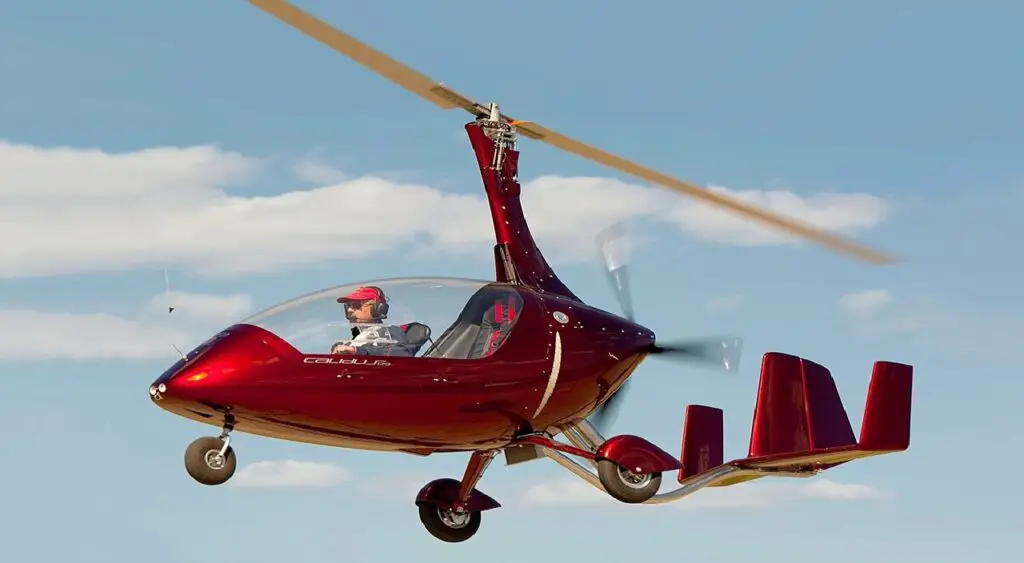
Gyrocopters, also known as gyroplanes or autogyros, are unique aircraft that operate differently from traditional airplanes and helicopters.
While they may resemble a helicopter, they are not a vertical takeoff and landing (VTOL) aircraft. Instead, gyrocopters require a short takeoff roll and a runway to gain lift.
Their basic design includes an unpowered rotor, which is kept spinning by wind generated during forward motion. This movement lifts the aircraft and provides stability and control.
Unlike standard helicopters, gyrocopters are not capable of hovering or vertical lift, but they are able to fly at slower speeds and lower altitudes than fixed-wing aircraft.
One of the key advantages of gyrocopters is that they can be flown in a wider range of weather conditions than other aircraft, and they are typically more affordable to operate and maintain.
Additionally, they offer pilots a thrilling and unique flight experience, making them a popular choice for recreational flying.
Like any aircraft, gyrocopters require specialized training and certification to operate safely and legally. Understanding the basics of gyrocopters is an essential first step for anyone considering pursuing a gyrocopter license.
Gyrocopter Flight Training: The Basics
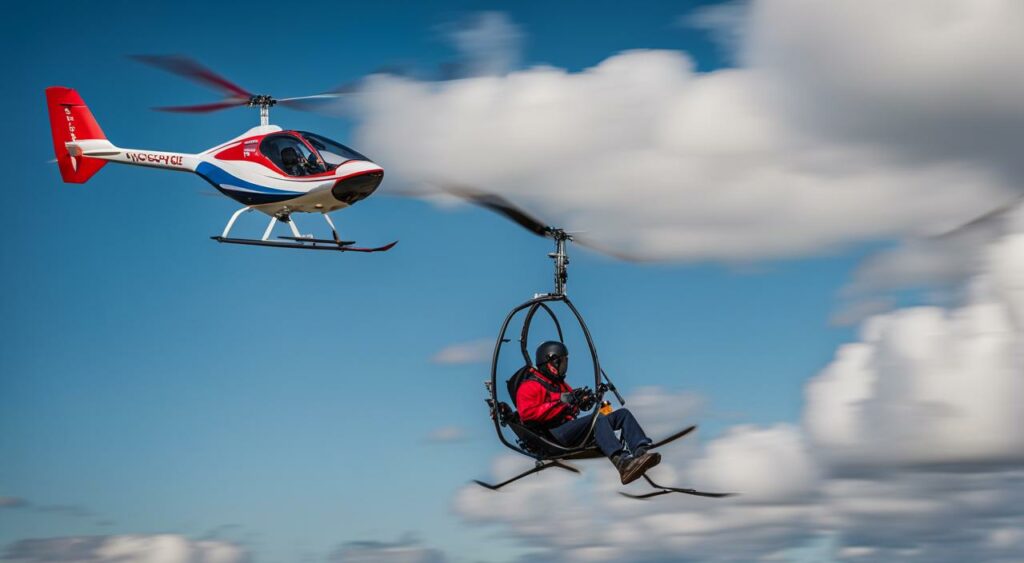
Gyrocopter flight training is a specialized area of aviation training that requires individuals to fulfill specific requirements and regulations set by the civil aviation authority.
The Civil Aviation Safety Authority (CASA) sets the training requirements for gyrocopter pilots in the United States.
The gyrocopter flight training has two main components:
- Ground school training
- Flight training
Ground school training involves classroom instruction and self-study to gain knowledge of aviation regulations, weather, navigation, aerodynamics, and aircraft systems.
Flight training involves practical instruction to operate the gyrocopter. During flight training, you will learn takeoff, landing, hovering, and in-flight maneuvering.
Flight Training Civil Aviation Authority
The civil aviation authority regulates the flight training requirements for gyrocopter pilots. The civil aviation authority mandates the minimum flight hours required for an individual to obtain the gyrocopter pilot license.
The civil aviation authority also outlines the training requirements that the individual must complete to be eligible to apply for a gyrocopter pilot license.
The minimum flight hours required for a gyrocopter pilot license is 40 hours. The training provided in this time is designed to teach individuals how to control and operate the gyrocopter safely.
The training requirement includes a minimum of 20 hours of flight time, including five hours of solo flight time and five hours of cross-country flight time.
The remaining 20 hours of flight time can be completed with an instructor.
Training Requirements
The civil aviation authority sets the training requirements for gyrocopter pilots, which include the minimum flight hours, cross-country flight, and solo flight time.
In addition, gyrocopter pilots must also have a valid medical certificate from a certified aviation medical examiner. The medical certificate ensures that the pilot is physically able to operate a gyrocopter safely.
Aviation Authority
The aviation authority is responsible for ensuring that all aviation activities are conducted in a safe and secure environment.
The aviation authority regulates all aspects of aviation, including flight training, licensing, and aircraft maintenance.
The aviation authority sets the standards for pilot training and ensures that all pilots meet the necessary requirements to operate aircraft safely.
When choosing a gyrocopter flight school, it is essential to select one that is accredited by the aviation authority.
Accredited schools ensure that the curriculum and the training provided meets the necessary standards set by the aviation authority.
Finding the Right Gyrocopter Flight School

Choosing the right gyrocopter flight school is crucial to obtaining the necessary training and certification to become a licensed gyrocopter pilot.
Here are some factors to consider when selecting a gyrocopter flight school:
| Factor | Description |
|---|---|
| Accreditation | Look for gyrocopter flight schools that are accredited by the relevant civil aviation authority. Accreditation ensures that the school meets the necessary safety and quality standards. |
| Instructor qualifications | Ensure that the gyrocopter flight school employs experienced and qualified instructors who are knowledgeable about gyrocopter flight and can provide you with the necessary training and guidance. |
| Facilities | Check the facilities of the gyrocopter flight school to ensure that they have the necessary equipment and resources for your training needs. This includes a well-maintained gyrocopter fleet, a flight simulator, and classroom facilities. |
| Location | Consider the location of the gyrocopter flight school in relation to your home or workplace, and whether it is easily accessible. |
| Cost | Compare the costs of different gyrocopter flight schools to find one that fits your budget. However, it is important to note that the cheapest option may not always be the best in terms of quality of training. |
By taking the time to research and compare gyrocopter flight schools based on these factors, you can ensure that you are receiving the best possible training for your gyrocopter license.
Note: It is important to choose a gyrocopter flight school that is approved by the appropriate civil aviation authority.
Check with the aviation authority in your region to ensure that your chosen school meets the necessary training and certification requirements for gyrocopter flight training.
Gyrocopter Training Process:
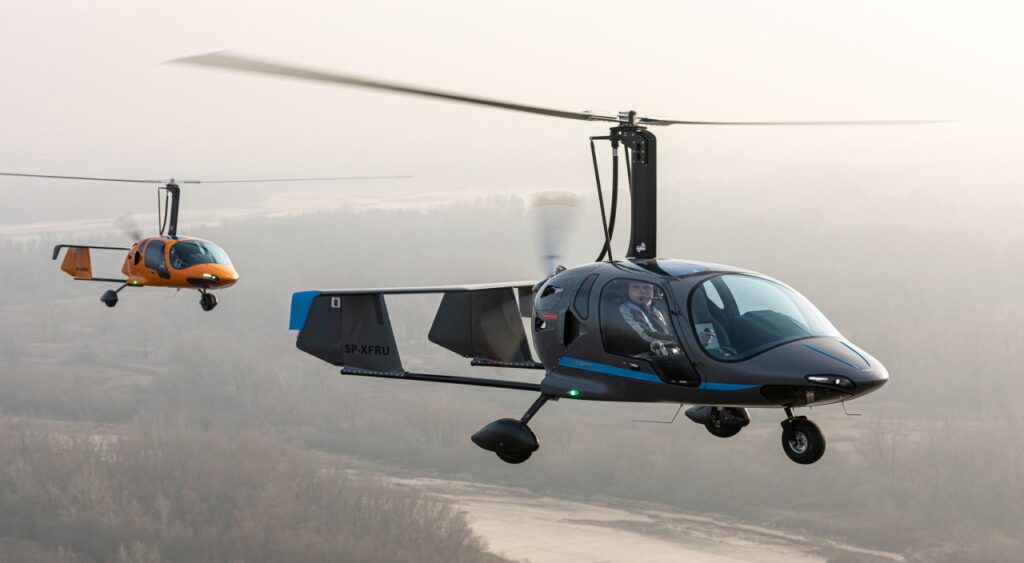
The gyrocopter training process involves a combination of ground school, simulator sessions, and flight lessons. It is a gradual progression towards obtaining a pilot license and becoming a licensed gyrocopter pilot.
The first stage of gyrocopter training is ground school, where students learn the theoretical knowledge required to fly a gyrocopter.
This includes topics such as aerodynamics, navigation, and air law.
After completing ground school, students move on to the flight simulator sessions, where they gain practical experience in simulated flight conditions.
This stage of the training process helps students learn the basics of controlling a gyrocopter and familiarize them with the aircraft’s unique characteristics.
Finally, students move on to the actual flight lessons, where they receive hands-on experience in flying a gyrocopter.
The civil aviation authorities require a minimum number of flight hours before a pilot can obtain a gyrocopter license. These requirements vary between different aviation authorities.
The training process may take several months to complete, depending on individual progress and the availability of flight instructors.
It is important to note that practical experience is crucial to becoming a confident and competent gyrocopter pilot, and therefore, flight hours are an essential part of the training process.
Flight Training Civil Aviation Authority:
The civil aviation authorities set the standards and regulations for gyrocopter flight training.
They outline the necessary requirements for gyrocopter flight training, including the minimum flight hours and the qualifications required for gyrocopter flight instructors.
It is important to choose a gyrocopter flight school that is accredited by the civil aviation authority and meets the necessary training requirements.
This ensures that the training you receive meets the necessary standards and is recognized by the aviation industry.
“Practical experience is crucial to becoming a confident and competent gyrocopter pilot.”
Gyrocopter License Requirements and Examinations
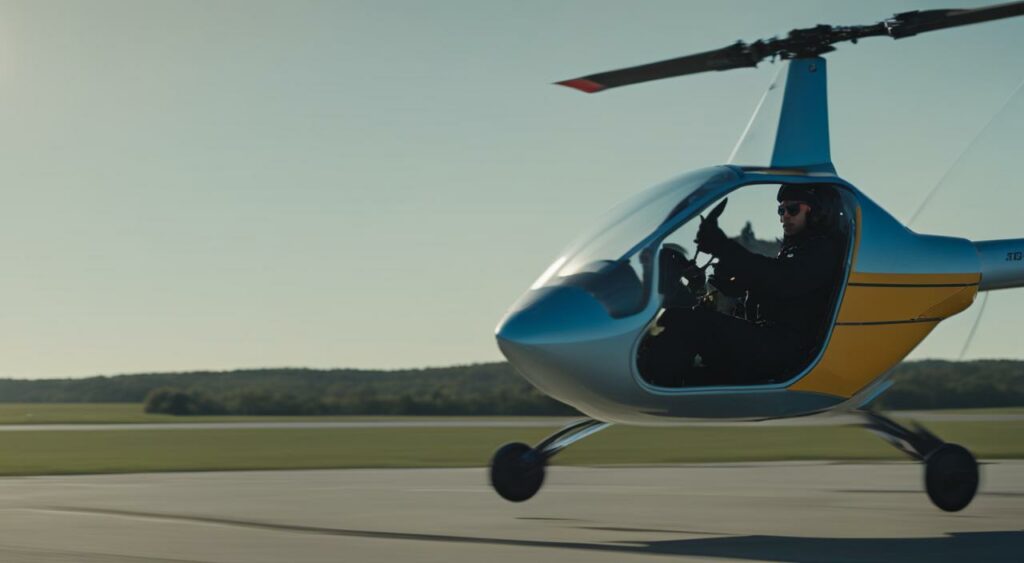
Before applying for a gyrocopter license, it is important to understand the requirements and examinations involved in the process.
The following are the essential steps to obtain a gyrocopter license:
Gyrocopter License Process
The first step in obtaining a gyrocopter license is to meet the initial requirements set by the Civil Aviation Authority (CAA).
To apply for the license, an applicant must be at least 17 years old and hold a valid medical certificate.
The certification should be obtained from an authorized medical examiner and should be issued within the last 12 months.
Once the initial requirements are met, the applicant must enroll in a gyrocopter flight training program that is approved by the CAA.
Gyrocopter License Examination
After completing the gyrocopter flight training program, the applicant must take a theoretical knowledge exam, covering topics such as navigation, meteorology, and aircraft technical knowledge.
The examination should be conducted by a CAA-approved examiner in a CAA-approved facility. After passing the theoretical exam, the applicant must take a practical flight test with a CAA-approved examiner.
During the examination, the applicant will demonstrate their ability to safely operate a gyrocopter and must perform a series of flight maneuvers and emergency procedures.
Gyrocopter License Application
Once the theoretical and practical examinations are passed, the applicant can apply for the gyrocopter license.
The application should be submitted to the CAA, accompanied by the necessary documentation such as medical certificates and training records.
It is important to note that the gyrocopter license has certain restrictions, such as limitations on the type of aircraft that can be flown and the number of passengers that can be carried.
These restrictions vary depending on the type of gyrocopter license obtained and the regulations set by the CAA.
Obtaining a gyrocopter license involves a comprehensive training program and rigorous examinations. It requires a high level of dedication, commitment, and financial investment.
However, the rewards of becoming a licensed gyrocopter pilot are unparalleled, offering the freedom to explore the skies and pursue opportunities in the aviation industry.
Gyrocopter Pilot Certification and Restrictions
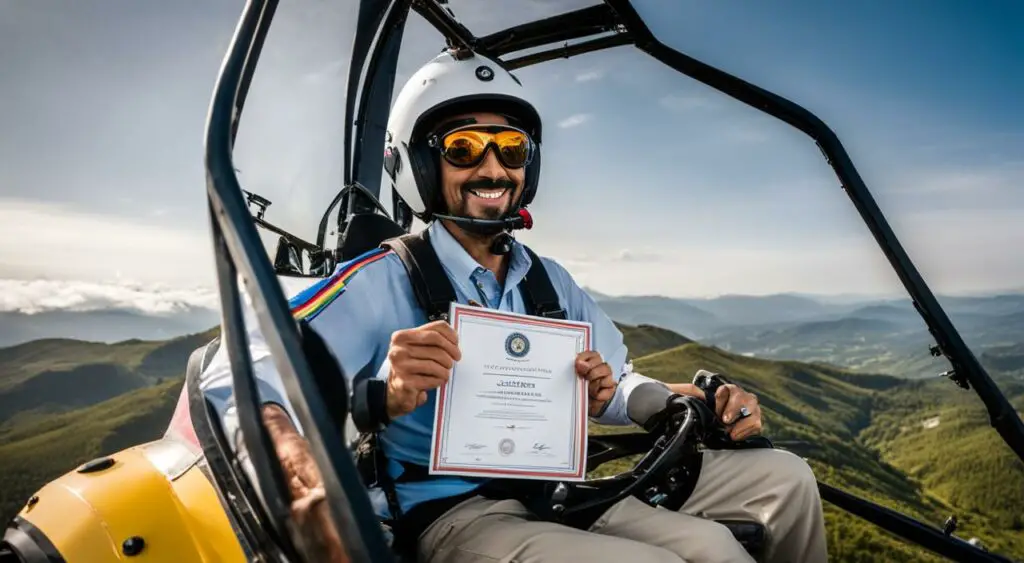
Obtaining a gyrocopter license involves meeting the necessary requirements to become a certified gyrocopter pilot.
This certification grants pilots the legal permission to operate a gyrocopter, subject to certain restrictions and limitations.
Once an aspiring pilot has completed the necessary flight training and examinations, they can apply for a gyrocopter license through their local civil aviation authority.
The exact requirements and restrictions may vary depending on the jurisdiction, but typically include:
| Gyrocopter Pilot Certification | Gyrocopter License Restrictions |
|---|---|
|
|
It is important for aspiring gyrocopter pilots to understand and adhere to these restrictions in order to ensure safe and responsible flying. Violating these restrictions can result in legal repercussions and jeopardize the pilot’s license.
Overall, obtaining a gyrocopter license and becoming a certified pilot offers the opportunity to enjoy the freedom and excitement of gyrocopter flight within legal and safe parameters.
Gyrocopter Pilot Training Costs

Obtaining a gyrocopter license requires commitment, time, and effort, but it also comes with a significant financial investment.
Aspiring gyrocopter pilots should be prepared to factor in the cost of pilot training when budgeting for their license.
The cost of gyrocopter pilot training can vary widely depending on factors such as the flight school, location, and the type of license desired.
On average, gyrocopter pilot training can cost between $8,000 and $15,000, but it can go up to as high as $25,000 for more advanced training.
The training cost includes ground school, flight simulator sessions, mandatory flight hours, and examination fees.
Additional expenses such as instructor fees, rental costs, and required study materials should also be taken into account.
To minimize costs, aspiring gyrocopter pilots should research and compare different flight schools to find the best fit for their budget.
Some flight schools may offer financing options or payment plans to help spread out the cost of training over time.
While the cost of gyrocopter pilot training may seem daunting, it is important to remember that obtaining a gyrocopter license opens up a world of possibilities for recreational flying and potential career paths within the aviation industry.
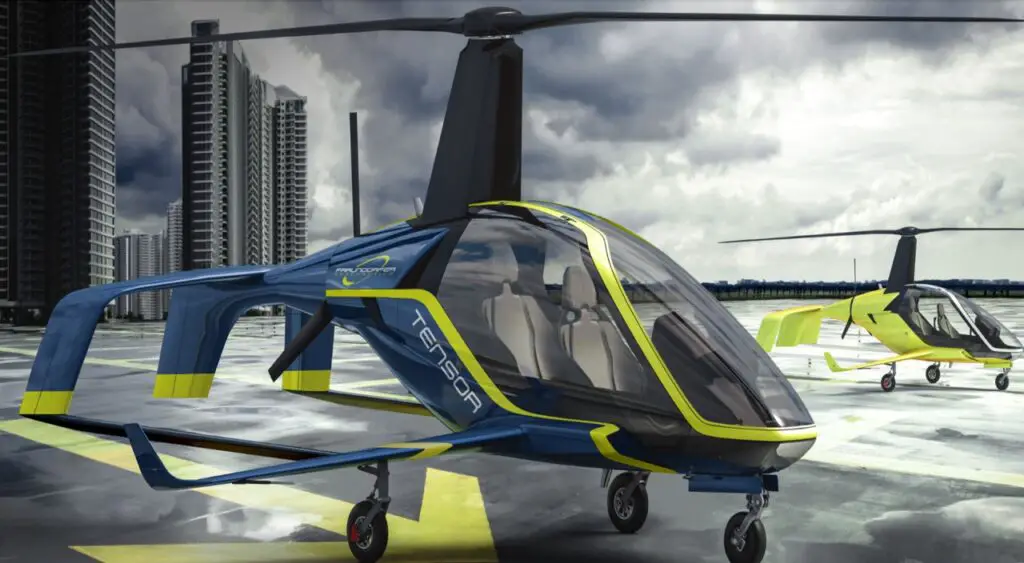
Time and Effort: How Long Does It Take to Get a Gyrocopter License
Obtaining a gyrocopter license requires a commitment of time and effort. The duration of the training process can vary depending on several factors, including the individual’s learning pace, availability, and the flight school’s curriculum.
However, on average, it takes around 40-60 flight hours to obtain a gyrocopter license, including both solo and dual flights.
In addition to flight hours, aspiring pilots must also dedicate time to ground school, simulator sessions, and personal study.
The civil aviation authority requires a minimum of 40 hours of theoretical knowledge instruction for obtaining a private pilot license.
It is important to note that the training process can take longer than the average time frame due to factors such as weather conditions and personal circumstances.
Ultimately, the time and effort required to obtain a gyrocopter license are worth it for those passionate about flying. The sense of accomplishment and freedom that comes with obtaining a pilot’s license is unparalleled.
How Long Does It Take to Learn to Fly a Gyrocopter?
The time it takes to learn to fly a gyrocopter varies based on several factors, including the individual’s pace of learning, frequency of lessons, and previous aviation experience.
The FAA recommends a minimum of 20 hours of flight training to earn a sport pilot certificate in a gyroplane.
However, it is important to note that this is only a minimum requirement, and the actual time it takes to learn to fly a gyrocopter can be longer. The flight training process involves both ground instruction and actual flight time.
It is essential to have a solid understanding of the principles of flight, meteorology, and flight regulations before getting into the cockpit.
While some individuals may learn to fly a gyrocopter more quickly than others, it is crucial to take the time to develop the necessary skills and knowledge to ensure safe and responsible flying.
Unlocking the Skies: Gyrocopter License Benefits

Obtaining a gyrocopter license is a significant achievement that opens up a world of opportunities for both personal and professional growth. Here are some of the benefits that come with holding a gyrocopter license:
| Benefits | Description |
|---|---|
| Freedom to Fly | As a licensed gyrocopter pilot, you have the freedom to fly on your terms, without relying on commercial airlines or other forms of transportation. You can explore new places, take scenic routes, and enjoy the thrill of flying. |
| Recreational Flying | A gyrocopter license also allows you to participate in various recreational flying activities, such as air shows, fly-ins, and competitions. You can connect with other aviation enthusiasts and expand your knowledge of the industry. |
| Potential Career Paths | With a gyrocopter license, you can pursue a variety of career paths, such as aerial photography, surveying, crop dusting, and air ambulance services. You can also use your license as a stepping stone towards obtaining additional certifications, such as a private pilot license or a sport pilot license. |
Overall, a gyrocopter license offers a sense of achievement, freedom, and endless possibilities.
Whether you’re pursuing a career in aviation or simply looking to take your hobby to the next level, obtaining a gyrocopter license is a worthwhile investment.
Gyrocopter License: Cost vs. Reward

Obtaining a gyrocopter license requires a significant investment in terms of time and money.
The cost of gyrocopter flight training varies depending on several factors, including the flight school, instructor fees, and the number of flight hours required.
According to the Federal Aviation Administration (FAA), the minimum flight hours required for a gyroplane private pilot license is 40 hours.
However, most students require 60-80 hours of flight time to become proficient and pass the FAA practical exam.
The average cost of gyrocopter flight training ranges from $8,000 to $15,000, making it a significant investment.
While the financial cost may seem daunting, the rewards of obtaining a gyrocopter license can be significant.
For those interested in recreational flying, a gyrocopter license provides the freedom to explore the skies and experience the thrill of flight.
It also opens up opportunities for aerial photography, sightseeing, and other aerial activities. For those interested in pursuing a career in aviation, a private pilot license can be a valuable asset.
It is a prerequisite for many aviation jobs, including commercial pilot positions. It also serves as a valuable credential for those seeking employment in the aviation industry.
Ultimately, the decision to obtain a gyrocopter license will depend on one’s personal goals and financial situation.
It is important to weigh the costs against the potential rewards and personal fulfillment gained from becoming a licensed gyrocopter pilot.
The cost of gyrocopter flight training ranges from $8,000 to $15,000, making it a significant investment.
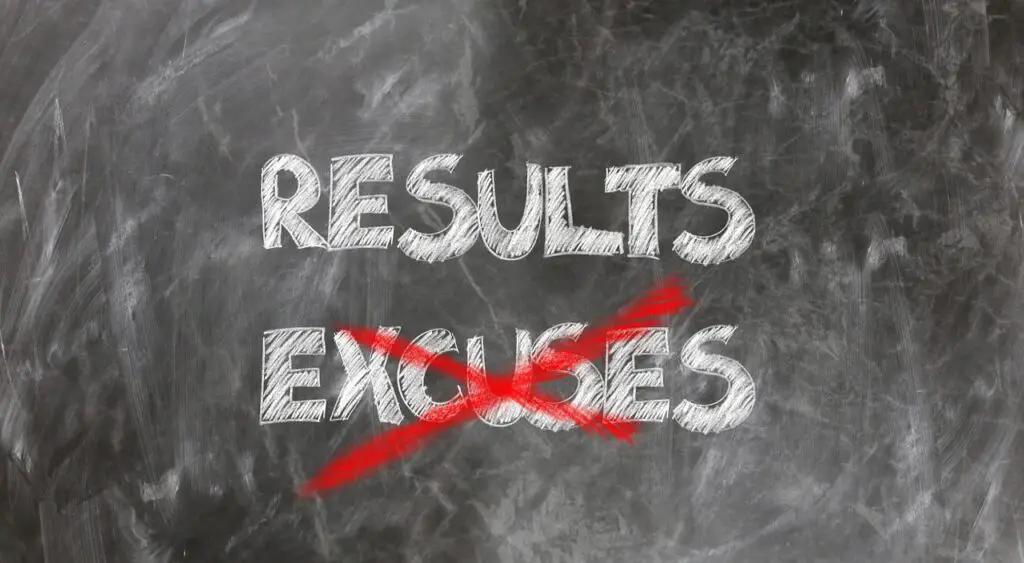
Conclusion
Obtaining a gyrocopter license can be a rewarding and fulfilling experience for those who have a passion for flying. It requires dedication to safety and a commitment to ongoing training and certification.
Recap of Key Points
In this article, we have explored the process of obtaining a gyrocopter license, from understanding gyrocopters and flight training basics, to finding the right flight school and obtaining certification.
We have also discussed the costs, time commitment, and benefits of becoming a licensed gyrocopter pilot.
Final Thoughts
While becoming a licensed gyrocopter pilot requires a significant investment of time and resources, the rewards are many.
In addition to the freedom to fly and potential career opportunities, it offers a sense of personal accomplishment and fulfillment that is hard to match.
Whether you are pursuing a gyrocopter license as a hobby or as part of a career path, it is essential to take the process seriously and prioritize safety at all times.
With the right training, certification, and ongoing commitment to excellence, unlocking the skies and becoming a licensed gyrocopter pilot is within reach.
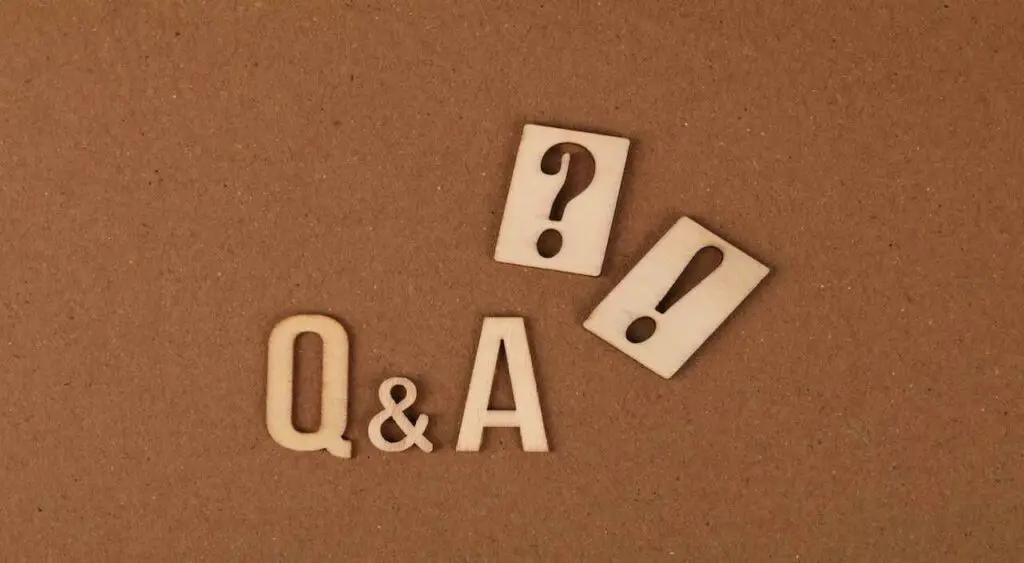
FAQ
-
How do I get a gyrocopter license?
To obtain a gyrocopter license, you will need to undergo gyrocopter flight training and meet the necessary requirements set by the civil aviation authorities. This includes completing the required flight hours, passing written exams and flight tests, obtaining medical certificates, and submitting a license application.
-
What is a gyrocopter?
A gyrocopter, also known as a gyroplane or autogyro, is a type of aircraft that uses an unpowered rotor to generate lift and an engine-driven propeller for thrust. It is similar to a helicopter but has a freewheeling rotor that is not powered during flight.
-
How long does it take to get a gyrocopter license?
The time it takes to obtain a gyrocopter license can vary depending on various factors, including your availability for training and the specific requirements of the civil aviation authority in your country. On average, it can take several months to a year to complete the necessary training and meet all the requirements.
-
How do I choose the right gyrocopter flight school?
When selecting a gyrocopter flight school, it is important to consider factors such as accreditation, instructor qualifications, and facilities. Look for schools that are recognized by the civil aviation authority and have experienced instructors who specialize in gyrocopter training. Additionally, visit the school, ask for recommendations, and research their reputation within the aviation community.
-
What are the costs associated with gyrocopter pilot training?
The costs of gyrocopter pilot training can vary depending on factors such as the flight school, location, and specific training program. In general, you can expect to pay for flight hours, instructor fees, study materials, medical examinations, and any additional expenses related to the training process. It is advisable to contact various flight schools and inquire about their specific training costs.
-
What are the benefits of having a gyrocopter license?
Holding a gyrocopter license provides several benefits, including the freedom to fly and the opportunity for recreational flying. It can also open doors to potential career paths within the aviation industry, such as becoming a commercial pilot or flight instructor. Additionally, having a gyrocopter license demonstrates your commitment to aviation safety and proficiency.
-
Are there any restrictions or limitations on a gyrocopter license?
Yes, there may be certain restrictions or limitations on a gyrocopter license depending on the civil aviation authority’s regulations. These can include restrictions on flying in certain airspace, operating during specific weather conditions, or carrying passengers. It is important to familiarize yourself with the specific limitations outlined by your licensing authority.
-
How much does it cost to get a gyrocopter license?
The cost of obtaining a gyrocopter license can vary depending on factors such as the flight school, training program, location, and individual progress. It is advisable to contact different flight schools and inquire about their specific pricing structures. Additionally, consider the associated costs of medical examinations, study materials, and any other expenses related to the licensing process.
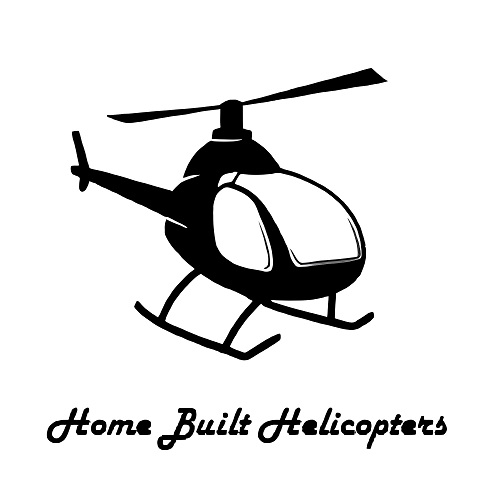
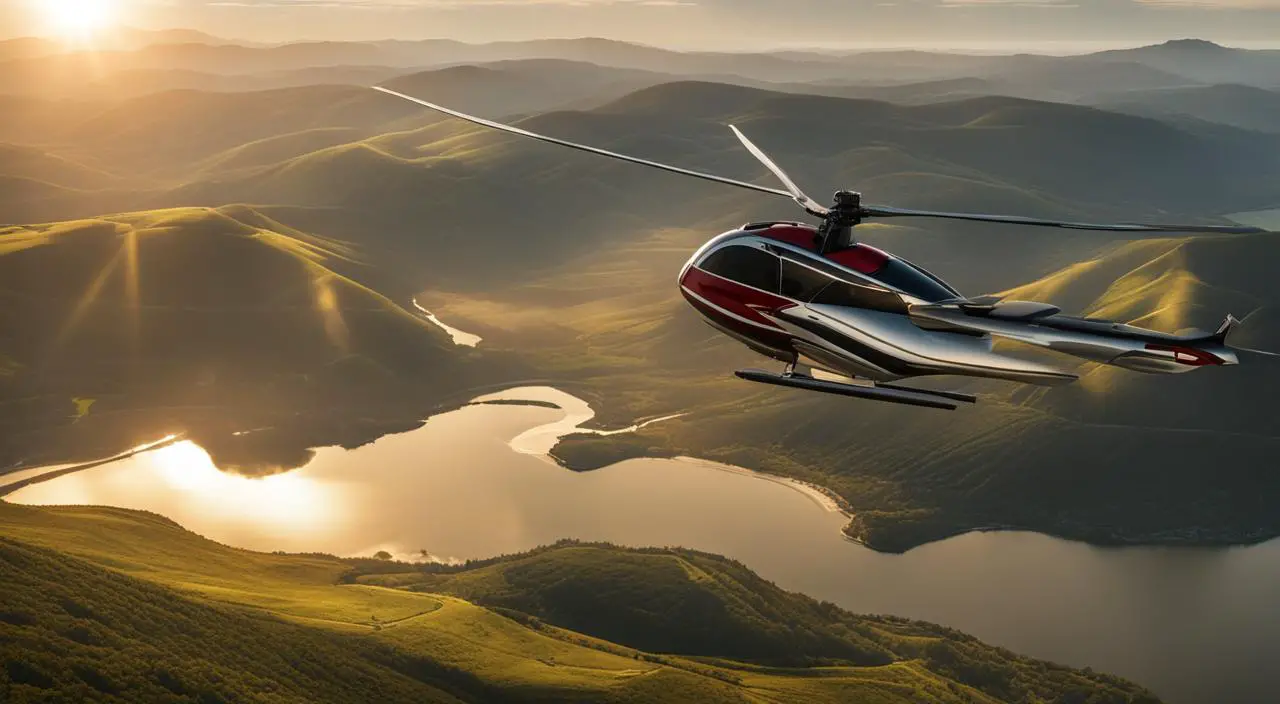
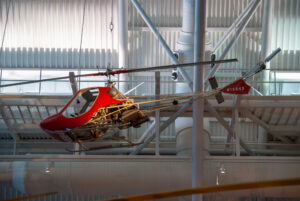
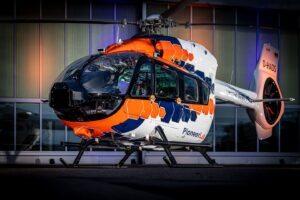


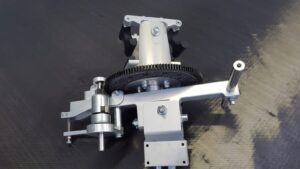
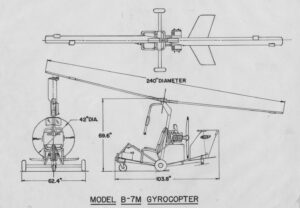
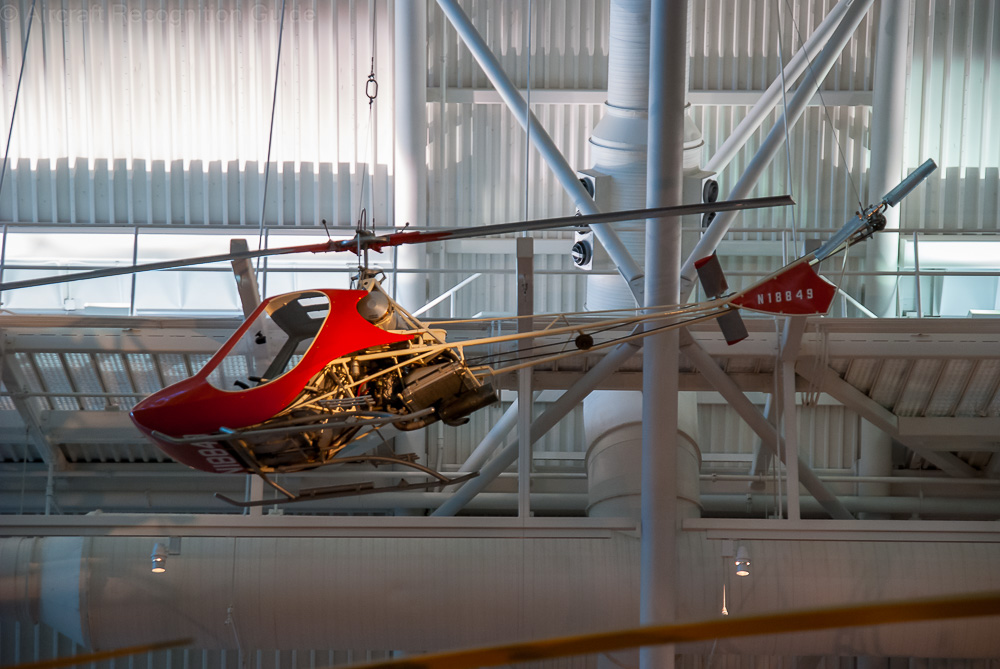


Leave a Reply